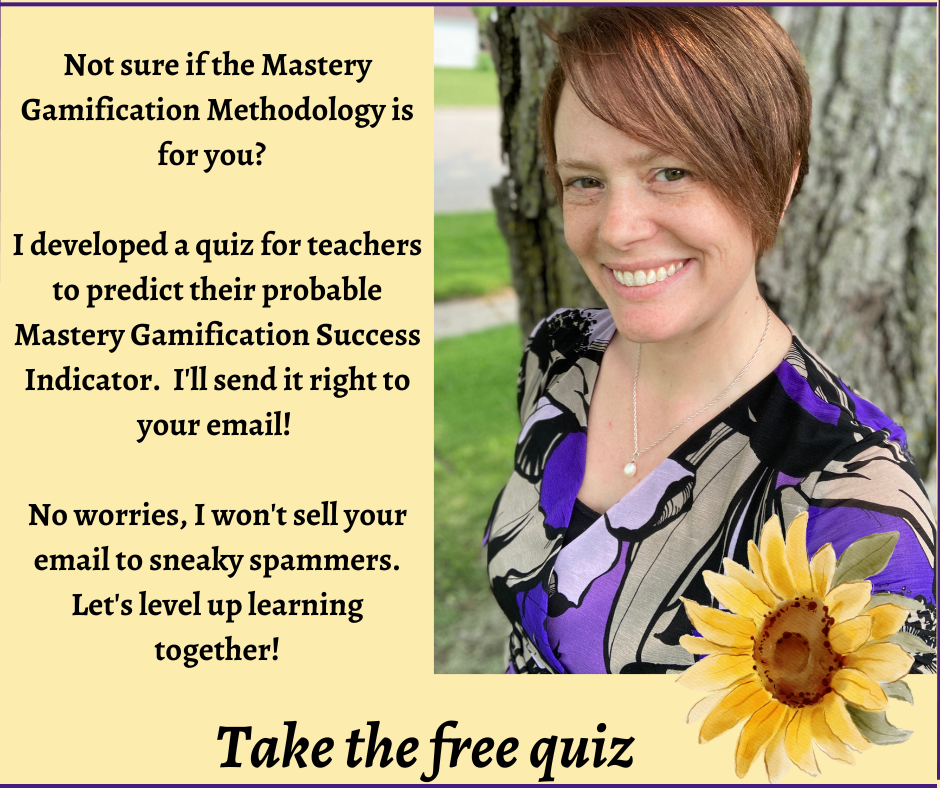Bullies in Kindergarten and Other Classroom Roles
Bullies in kindergarten? How is that even possible? In other grades too, bullying can be a big problem. Bullies in kindergarten and really all grades are simply taking on roles that the teacher has some influence over. In last week’s blog post, we compared the teacher-student relationship in the classroom to a guide-hero relationship in a video game and the best classroom roles for optimal learning. Check out last week’s blog for more information on teacher-student classroom roles.
Possible Student Roles in the Classroom
I take the inspiration for my classroom from video games. This helps to engage students and encourages them to take ownership of their own learning. When we look at student-student relationships in a classroom, there are a few possibilities.
By default, each person is born to be the protagonist of their own story. However, the protagonist can take on several roles: hero, victim, or spectator. The hero is the one we want students to identify with. They make decisions based on possible outcomes (good and bad). The hero is responsible for their own journey and destination, and the hero is an active participant in their journey. This is the ideal role for a student in the classroom as it will encourage the student to give their best effort on a consistent basis.
The other options for the protagonist to take on are victim or spectator. As the victim, the student has no agency. Decisions are made for them and those decisions often (but not always) result in an undesirable outcome. This is often a student who has given up and may be stuck in learned helplessness because they have tried to make good decisions in the past and they did not find success and they feel like they can’t succeed no matter what they do.
The last option for a protagonist is the spectator. In a video game, this can be an option after the hero has died but there is still a battle raging, so the hero can choose “spectator mode” which allows them to fly around and watch the battle but not participate. This is a student who refuses to make any choices (good or bad) and they simply exist. They have no interest in their journey of education or their destination. They are simply breathing.
How the Protagonist Interacts with Others in Class
In the ideal learning environment, your classroom will be full of heroes on their educational journey. When heroes join up and work together, they make a traveling party which is a mutually beneficial group that allows the heroes to use their different strengths to overcome obstacles together. It is a positive and encouraging group. When students feel respected by the teacher and other students and they feel that other students have their back, this ideal situation is possible to achieve.
However, we don’t always have the ideal environment. A hero in the classroom may encounter a fellow student who is a villain. This is where we can get bullies in kindergarten. When one student is seen as a bully/villain, there are a couple of options open to the protagonist. If the protagonist remains a hero in the face of a villain, they must find a way to “defeat” the villain before they can continue to their destination. The wise teacher guide will teach their classroom of heroes appropriate ways to do this in the way of coping skills, conflict-resolution skills, or getting an adult involved.
If the protagonist succumbs to the villain, the protagonist becomes a victim. They give up their agency and are no longer able to focus on their epic journey of education. The wise teacher guide will intervene to help resolve the situation so that the protagonist can become the hero again and continue on their educational journey with their agency intact.
The third option is that the protagonist can simply disengage from facing the villain and become a spectator. This allows the protagonist to not have to deal with the conflict and feel little/nothing about the situation but it will significantly hamper the hero’s epic journey. This is not ideal and requires adult intervention if the protagonist is to become a hero again.
How to Avoid Bullies in Kindergarten and Other Grades
Most students (especially those in kindergarten) would prefer to not have any villains in their classroom. Like the wise teacher guides, students prefer to have harmony and have each hero in the classroom work together for a mutually beneficial relationship. Many students will respond to the wise advice of a teacher guide to help resolve these conflicts.
A few ways to encourage the camaraderie that is so ideal in the classroom is to give each hero a chance to display their special skills and use them for the class’s benefit. We celebrate everyone’s differences and what they bring to our community. Teachers may choose to assign group tasks where students have to work together as a traveling party to encourage teamwork. In addition, leading classroom activities that allow students to find similarities and get to know each other allows heroes to recognize other students as fellow heroes. It is much easier to hate and villainize someone you don’t know. Getting to know other heroes in the classroom and finding similarities will encourage students to humanize each other.
More About Gamification in the Classroom
If this sort of educational theory intrigues you as much as it does me, I’d love to exchange ideas with you! Feel free to sign up for my email list (over on the sidebar) where I’ll send you tips and tricks for classroom gamification or join my Facebook group to meet with like-minded educators. Let’s level up education together. Empowered teachers empower students and empowered students learn.

